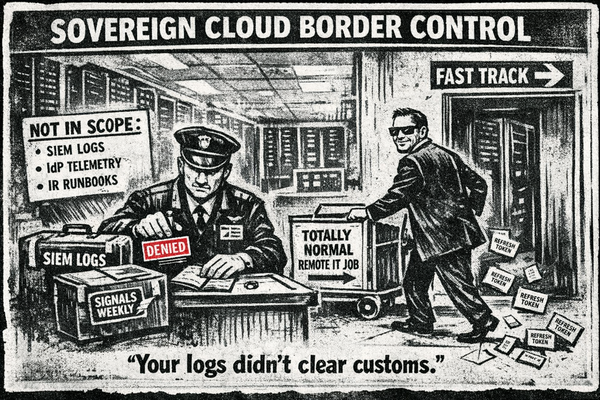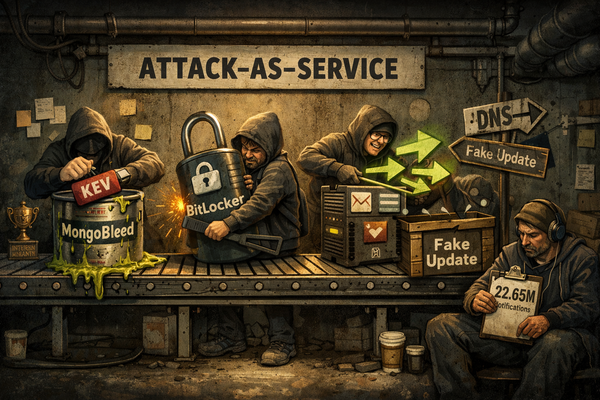DarkWatchMan and Hive0117: Fileless Malware Evolution Targeting Russian Critical Infrastructure
DarkWatchMan is a fileless, modular malware family first observed in late 2021 and attributed to the financially motivated Hive0117 group. The malware is primarily delivered via spear-phishing emails containing password-protected archives, targeting Russian critical infrastructure (energy, etc).
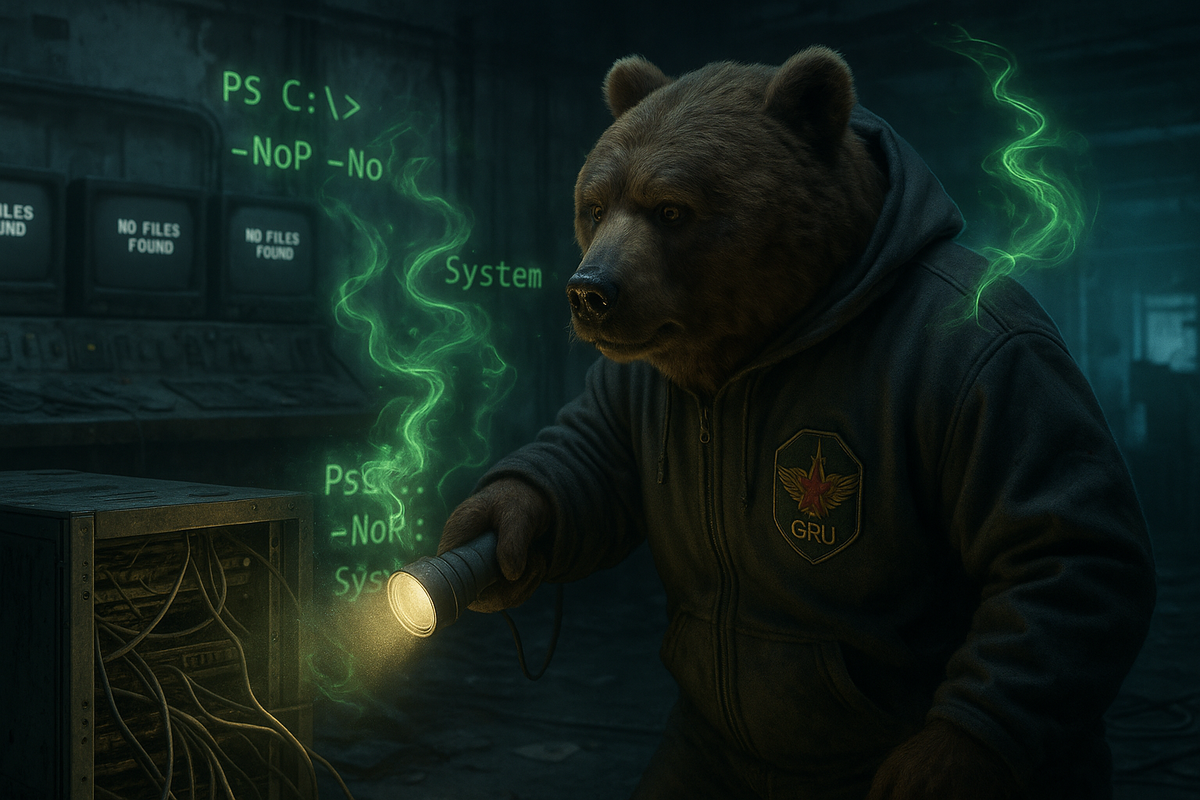
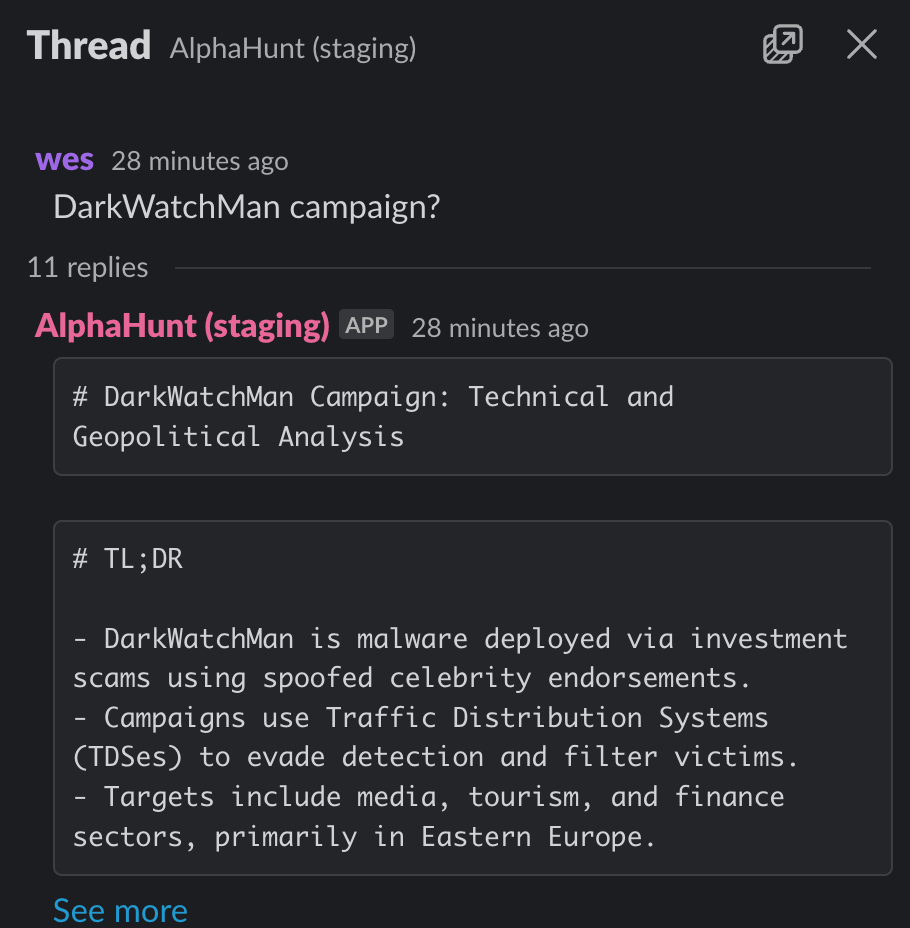
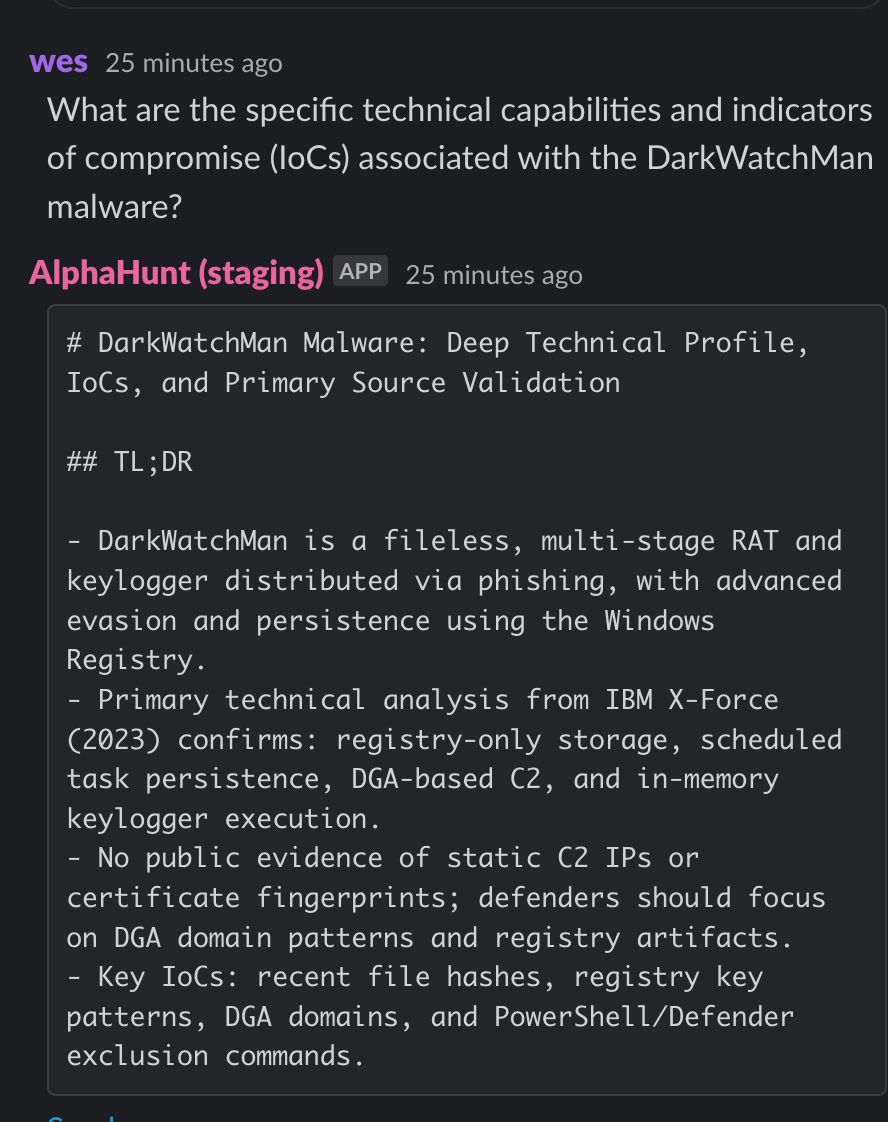
(Have feedback? Did something resonate with you? Did something annoy you? Just hit reply! :))
Have questions like this trying to get things into your SIEM??
- DarkWatchMan campaign?
- What are the specific technical capabilities and indicators of compromise (IoCs) associated with the DarkWatchMan malware?
Does it take a chunks out of your day? Would you like help with the research?
This baseline report was thoughtfully researched and took 10 minutes.. It's meant to be a rough draft for you to enhance with the unique insights that make you an invaluable analyst.
We just did the initial grunt work..
Are you ready to level up your skillset? Get Started Here!
Did this help you? Forward it to a friend!
TL;DR
Key Points
-
- DarkWatchMan, a fileless modular malware attributed to Hive0117, is actively targeting Russian critical infrastructure and financial sectors via sophisticated phishing campaigns.
- Enterprises must deploy advanced EDR/XDR solutions and behavioral analytics to detect PowerShell/.NET-based fileless activity and registry-based persistence.
-
- The threat actor’s TTPs have rapidly evolved, leveraging encrypted payloads, modular architectures, and operational infrastructure reuse to evade detection and maintain persistence.
- Hardened email security, phishing resilience programs, and network segmentation are essential to reduce initial infection risk and limit lateral movement.
-
- No major public breaches are directly attributed, but ongoing campaigns indicate significant risk of espionage, data theft, and potential ransomware deployment, especially for organizations lacking layered defenses.
- Continuous monitoring of Hive0117 infrastructure and proactive threat hunting are required to disrupt future campaigns.
Executive Summary
DarkWatchMan is a fileless, modular malware family first observed in late 2021 and attributed to the financially motivated Hive0117 group. The malware is primarily delivered via spear-phishing emails containing password-protected archives, targeting Russian critical infrastructure (energy, telecom, transport), financial services, and select European sectors. Campaigns have evolved from basic phishing to advanced fileless techniques using .NET and PowerShell, encrypted payloads, and registry-based persistence, complicating detection and response.
Hive0117 demonstrates operational overlap with DarkWatchMan through shared infrastructure, domain registration, and malware usage, with a focus on espionage, data theft, and potential ransomware deployment. While attribution is supported by multiple sources, public data remains limited and speculative, warranting ongoing monitoring.
Detection requires behavioral analytics focused on script execution anomalies, registry modifications, and spear-phishing patterns. Mitigation strategies include deploying and tuning EDR/XDR platforms, hardening email security, enforcing network segmentation, restricting script execution, and conducting targeted phishing resilience programs. Metrics such as mean time to detect/respond, phishing simulation failure rates, and unauthorized script execution frequency should be tracked.
Short-term forecasts indicate continued targeting of Russian and Eastern European critical sectors, with increasing sophistication in TTPs and infrastructure reuse. Long-term, Hive0117 is likely to adopt advanced evasion (potentially AI-driven obfuscation), expand targeting, and diversify initial access vectors. Proactive threat hunting, automated response, and cross-sector intelligence sharing are critical to countering this evolving threat.
Organizations in targeted sectors should prioritize layered defenses, continuous monitoring, and rapid incident response to reduce risk from DarkWatchMan and Hive0117 campaigns.
Research & Attribution
Historical Context
DarkWatchMan is a fileless malware family first reported in late 2021, notable for its use of .NET and PowerShell, modular architecture, and stealthy persistence. It has been linked to financially motivated cybercriminal groups conducting targeted attacks primarily in Europe and Russia. The malware is often delivered via phishing campaigns using password-protected archives.
Timeline
DarkWatchMan was first observed in late 2021. Since then, it has been involved in multiple campaigns, with evolving TTPs and expanding targeting, especially in Russian critical infrastructure and various industries. The associated threat actor group Hive0117 has been active since at least February 2022.
Origin
DarkWatchMan is attributed to financially motivated cybercriminals linked to the Hive0117 group. Hive0117 is known for large-scale phishing campaigns targeting Russian critical infrastructure and other sectors. The groups share infrastructure, domain registration data, and malware usage, indicating operational overlap.
Countries Targeted
- Russia – Primary target, especially critical infrastructure and various industries.
- Ukraine – Targeted in campaigns related to regional conflicts.
- European countries (e.g., Poland, Belgium) – Targeted in financial and industrial sectors.
- Other regions – Limited data on additional targeting.
Sectors Targeted
- Critical Infrastructure – Especially in Russia, including energy and telecommunications.
- Financial Services – Banks and insurance companies targeted via phishing.
- Manufacturing – Industrial organizations targeted for financial gain.
- Media and Tourism – Targeted in broad campaigns.
- Biotechnology and Retail – Observed in some campaigns.
Motivation
The primary motivation is financial gain through targeted phishing campaigns delivering DarkWatchMan malware for espionage, data theft, and potential ransomware deployment.
Attack Types
DarkWatchMan campaigns use fileless malware techniques leveraging .NET and PowerShell, delivered via phishing emails with password-protected archives. The malware employs stealthy persistence and modular architecture to evade detection.
Links to Other APT Groups
- Hive0117: Financially motivated group linked to DarkWatchMan through shared infrastructure and malware usage.
Breaches Involving This Threat Actor
- No publicly disclosed major breaches directly attributed to DarkWatchMan, but campaigns have targeted critical infrastructure and financial sectors with potential data theft and disruption.
Recommendations, Actions, Suggested Pivots, Forecasts and Next Steps
(Subscribers Only)


